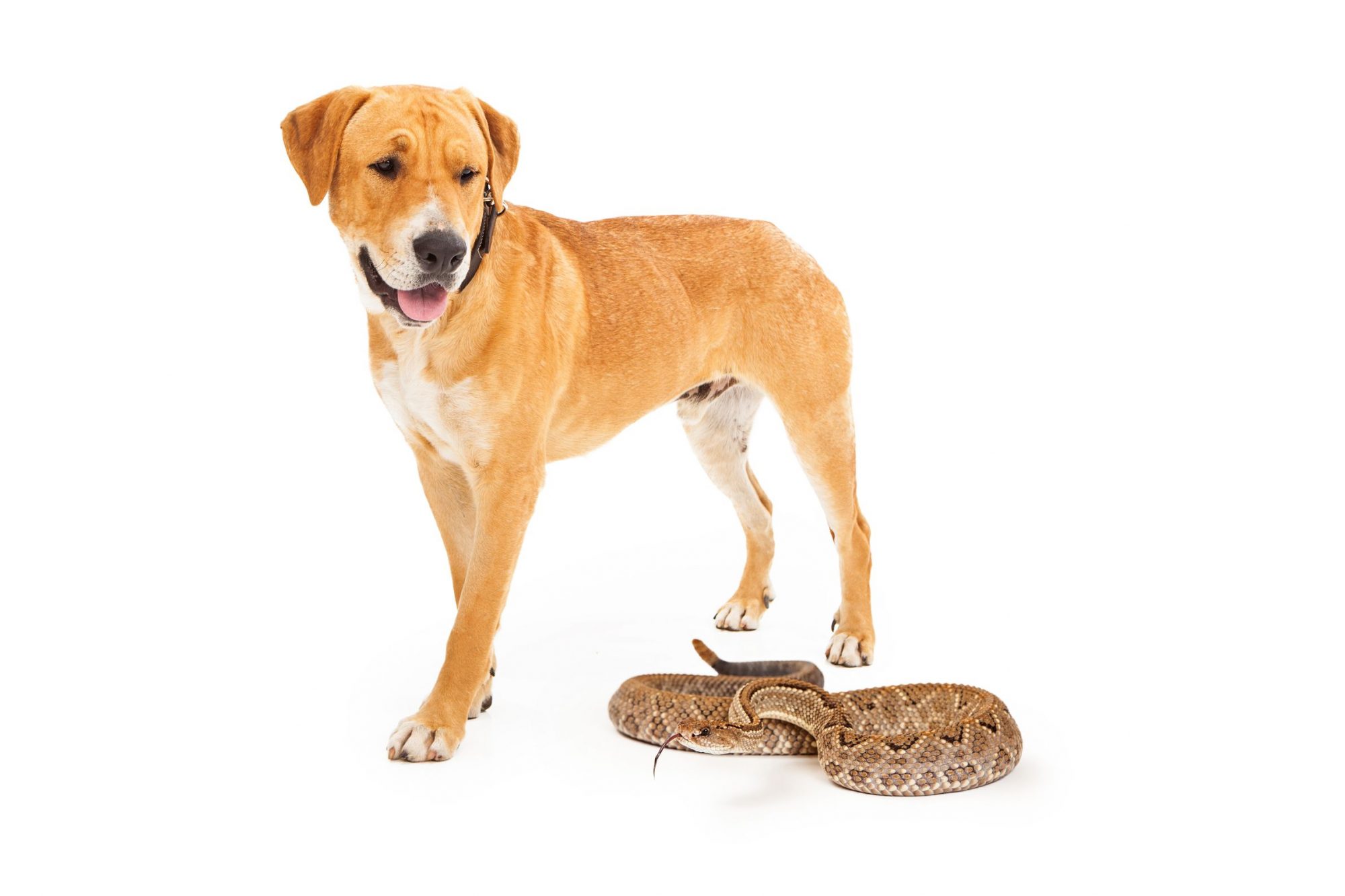Good News: There Are Pet-Safe Snake Repellents!

Until the ups and downs of spring level out, snakes stay close to their dens in case it starts to rain or get cold. They can be found under or near their rocks or inside their hibernaculum until weather stabilizes. Then, all bets are off! In search of food, mates, or just expanding their range, snakes explore their surroundings with gusto. Granite Bay residents are all too familiar with snake sightings near homes and on trails. If your home has rock outcrops, freestanding piles of wood or metal, accessible crawl spaces, and infrequently used outbuildings, you might want to start thinking about pet-safe snake repellents.
Protecting Pets From Harm
We know well enough to give snakes a wide berth, but pets don’t understand how dangerous snakes can be. Also, pets may not have a frame of reference for snake dens or potential places that snakes prefer. It’s all on pet owners to train their pets not to mess with snakes, and invest in certain measures that guard against risky encounters.
Preparing for Snake Encounters
Snakes are most active between March and November. Hungry for other snakes, lizards, and rodents to eat, snakes are important to the ecosystem, and reduce pests that spread diseases to pets and people alike. Snakes are great and even better when not disturbed by curious pets.
If you are able to identify both snake species and their likely habitats, you’ll be better able to protect your pet. Water features, rock formations, garden beds, garages, crawl spaces, basements, and debris/wood piles are all attractive shelters. They can also find themselves in cabinets, behind appliances, and under beds. They can even be found in attic spaces (yes, they can climb).
Pet-Safe Snake Repellents and Deterrents
If you can decrease the area in your yard that attracts rodents (like bird feeders and compost heaps), you can reduce snake visits. Fencing installed at a 30-degree angle can also keep snakes out of your yard. Check the perimeter of your property for any broken seals, crevices, or cracks and have them repaired so snakes can’t hide in them. It might even be worthwhile to install wire mesh or solid sheeting a half-foot deep so your perimeter is even more impenetrable.
Keep grass trimmed very short so snakes can be seen easily, and remove wood piles or construction materials from areas on the property your pet frequents.
We encourage you to try the following pet safe snake repellents instead of commercial products containing the carcinogen naphthalene:
- Combine 5-10 drops of cinnamon oil or clove oil with 1 gallon of water. Spray surfaces known to snakes or place saturated cotton balls or strips of fabric in known snake pathways.
- Marigolds
- Funnel traps
Yikes Factors
Snakes are fascinating creatures, but they can be extremely dangerous. If you happen to cross paths with one on your property, spray your hose in their general direction to convince them to leave. If your pet ever gets too close to a venomous snake, they will need emergency veterinary assistance. Do not attempt to treat a bite with a tourniquet, ice, or heat. Remove anything, like their collar, that could restrict breathing if swelling starts to occur.
Bayside Animal Hospital is always here to help. Please call us at (916) 791-8387 with any questions about pet-safe snake repellents or emergency preparation.


